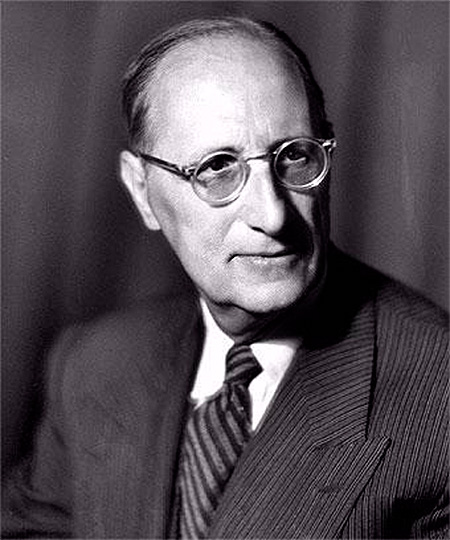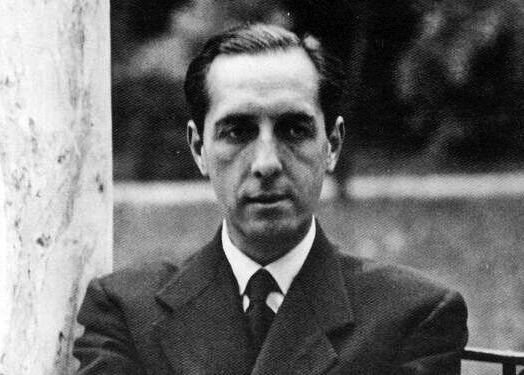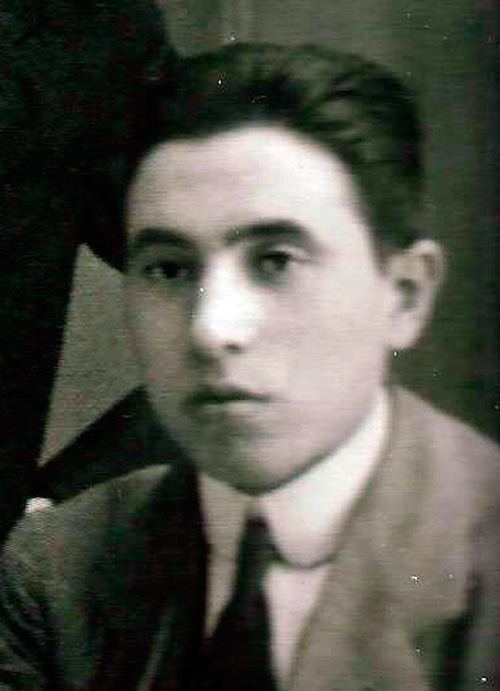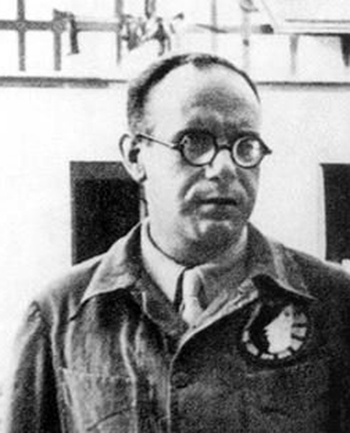Spanish poet and literary critic. He was part of the Generation of ’27 along with Federico García Lorca, Rafael Alberti, Pedro Salinas, Gerardo Diego, Concha Méndez, Manuel Altolaguirre, Emilio Prados, etc. With García Lorca he maintained a close friendship since the years of the Residencia de Estudiantes (Students’ Residence), which his correspondence shows.
Although Jorge Guillén was somewhat older than many of the other members of the 27, he felt totally integrated in this group, of which he said at some point that “Lorca was the first of us all” (letter to Germanine Cahen, 1924).
He was born in Valladolid and spent his childhood there. He studied at the Instituto Zorrilla high school. He then continued his education in Freiburg. He stayed at the Residencia de Estudiantes in Madrid, where he studied Philosophy and Arts. He graduated in Granada. He spent a few years abroad and got his first teaching job at the Sorbonne (he occupied the post of reader of Spanish that Pedro Salinas had previously held). In 1919, he met Germanine Cahen and two years later married her. He had two children, Claudio and Teresa. He received his doctorate in 1925 in Madrid with a thesis on Góngora, Notes for an annotated edition of Góngora, and he held until 1929 a chair at the University of Murcia. There he founded the magazine Verso y prosa.
In April 1926, Guillén had invited Federico to give his lecture on Góngora at the Valladolid Athenaeum, which became a poetry recital. Guillén defined his poetry as “traditional and very new at the same time, and always of the best quality.” The recital had an enormous success and repercussion in the press, in both Valladolid and Granada, where Guillén’s presentation was reproduced.
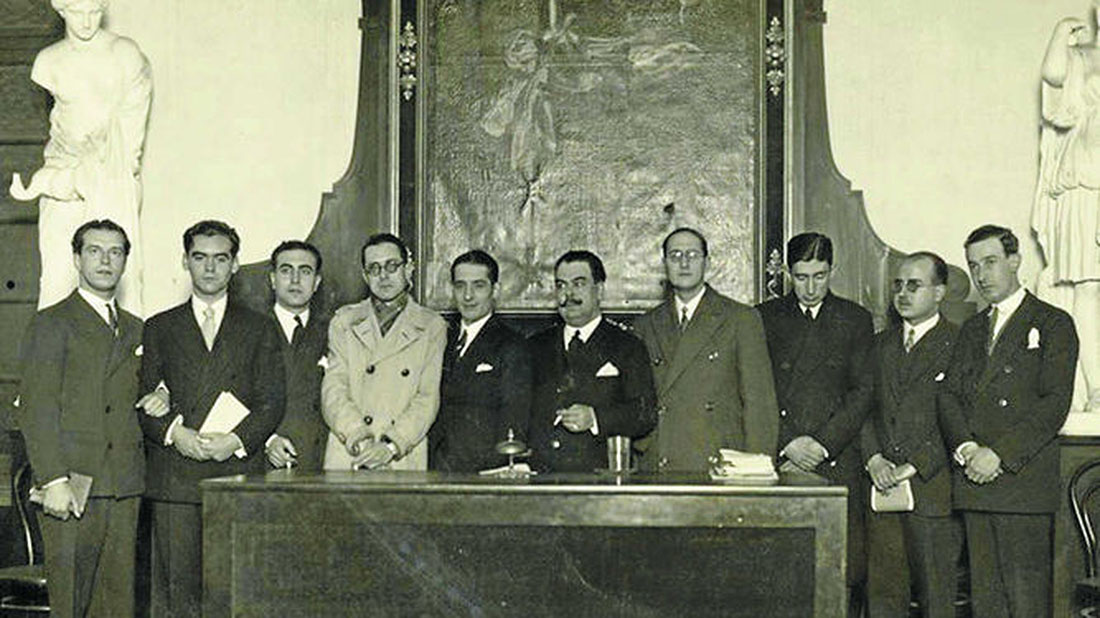
In 1927, he participates in the homage to Góngora that takes place in Seville and that became the foundational act of his Generation. Although Jorge Guillén was somewhat older than many of the other members of the 27, he felt totally integrated in this group, of which he said at some point that “Lorca was the first of us all” (letter to Germanine Cahen, 1924). In 1928, he collaborated in the avant-garde magazine gallo, promoted by Federico García Lorca.
In 1928, his book Canticle appears in the Revista de Occidente magazine. From 1929 to 1931, he lectured at Oxford and then joined the University of Seville.
When the Civil War broke out he was in Valladolid. He tried to flee to France, but was captured in Pamplona. Thanks to the efforts of his father, he remains in prison for a few days. In 1938, he managed to leave Spain and went to Paris where his family was. He had begun his banishment, as he always called exile. Thanks to Pedro Salinas, he was soon offered a position at Middlebury University. Later, in 1939, he taught at Montreal and then at Wellesley College and other American universities. He was awarded the Charles Eliot Norton Chair at Harvard.
After the death of his wife, in 1947, he made several trips to Italy. There he meets other poets, receives awards, visits cities…. In 1958, he met in Florence the woman who was to become his second wife, Irene Mochi-Sismondi, whom he married in 1961. He returned to teach at Harvard and Puerto Rico, but a hip accident in 1970 forced him to retire from teaching.
In 1976, he received the Cervantes Prize, among many other distinctions. The poet settled in Malaga, where he died in 1984.
His poetic work is made up of Canticle (which had four versions: Madrid, Revista de Occidente , 1928; Madrid, Cruz y Raya, 1936; México, Litoral , 1945 and Buenos Aires, Editorial Sudamericana, 1950), Clamor (with three volumes: Maremagnum , Buenos Aires, Editorial Sudamericana, 1957; What are they going to give in the sea, Buenos Aires, Sudamericana Publishing House; Up to the occasion , Buenos Aires, Sudamericana Publishing House, 1963 ), Tribute (Milan, All’Insegna del Pesce D’Oro, 1968), And Other Poems (Buenos Aires, Muchnik, 1973) and Final (Barcelona, Barral, 1981).
